Die Nacht wurde erwartungsgemäß wacklig, aber es ging nichts Weiteres zu Bruch. Das Licht blieb im Zimmer an und mit 2 Podcast im Hintergrund wurde irgendwann auch mal geschlafen.
Für Stefan reicht es am morgen nicht zur ersten „Strandwanderung“ auf Espanola. Katharina macht schöne Bilder von dem tollen Strand, Seelöwen und die endemische Espanola-Marine-Iguana.
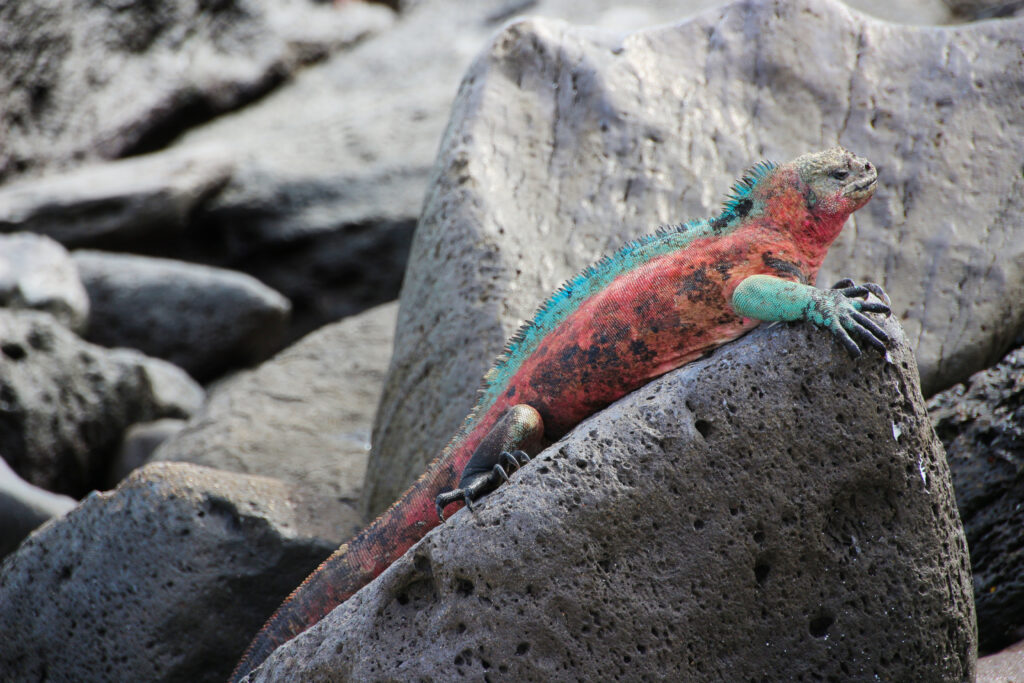
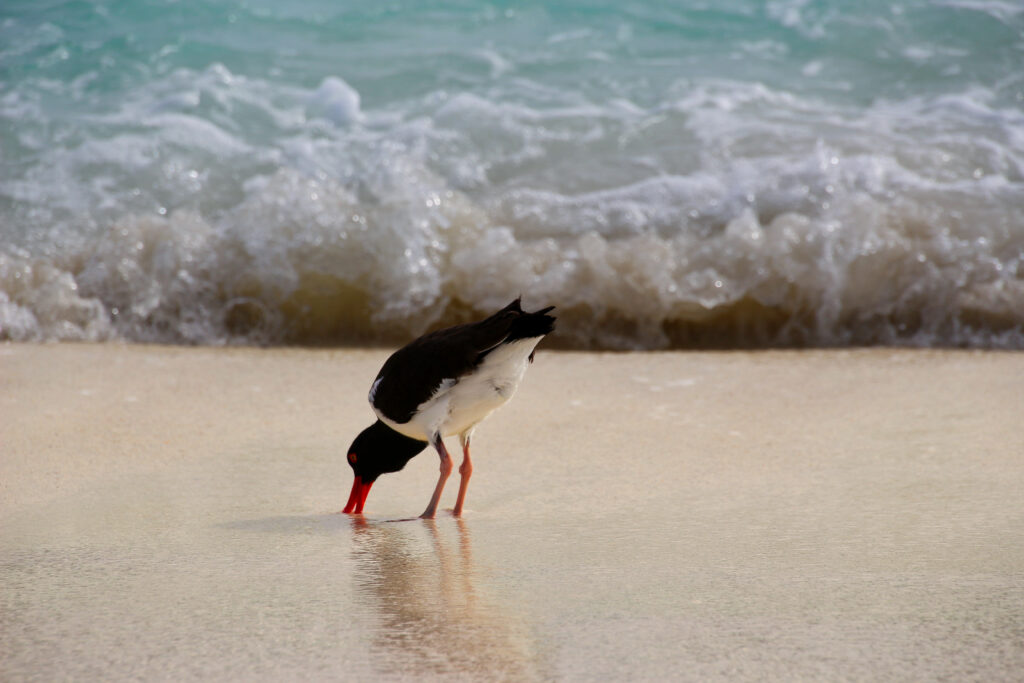
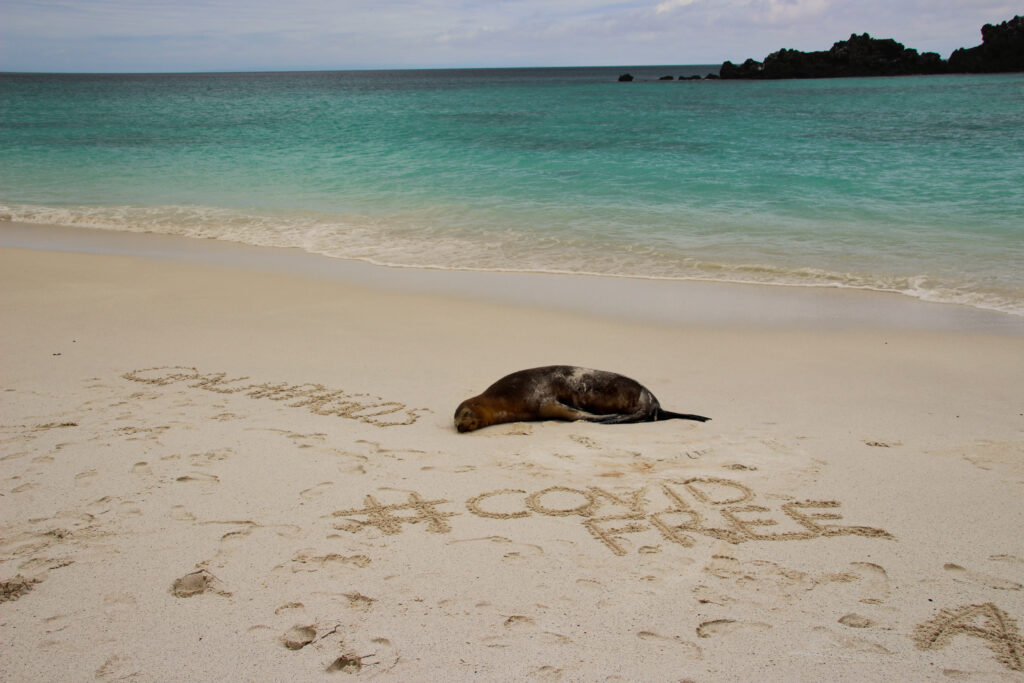
Alle Bilder
Um 10:30 geht’s dann Schnorcheln und – man mag es kaum glauben – mehrere Schildkröten begleiten uns bzw. wir sie und schauen ihn beim Fressen zu. Das ist wirklich einmalig.
Zwei Stachelrochen und viele weitere Fische später, geht’s zum Aufwärmen wieder aufs Schiff. Nach dem Mittagessen fallen einige Passagiere, incl. Katharina in einen tiefen Mittagsschlaf, es ist eben doch nicht einfach Urlaub!
Von 14:15 bis 18:00 machen wir den längsten, aber auch vermutlich den schönsten Ausflug.
Wir sehen die Leguane wie sie ans Ufer gespült werden und sich dann in der Sonne aufwärmen (als Kaltblüter haben die Leguane eine unglaublich Körpertemperaturspanne. Zwischen 29 bis 40 Grad ist alles normal).
Leguane in allen Farben, Seelöwen, die speziellen Espanola-Lava-Lizzard,
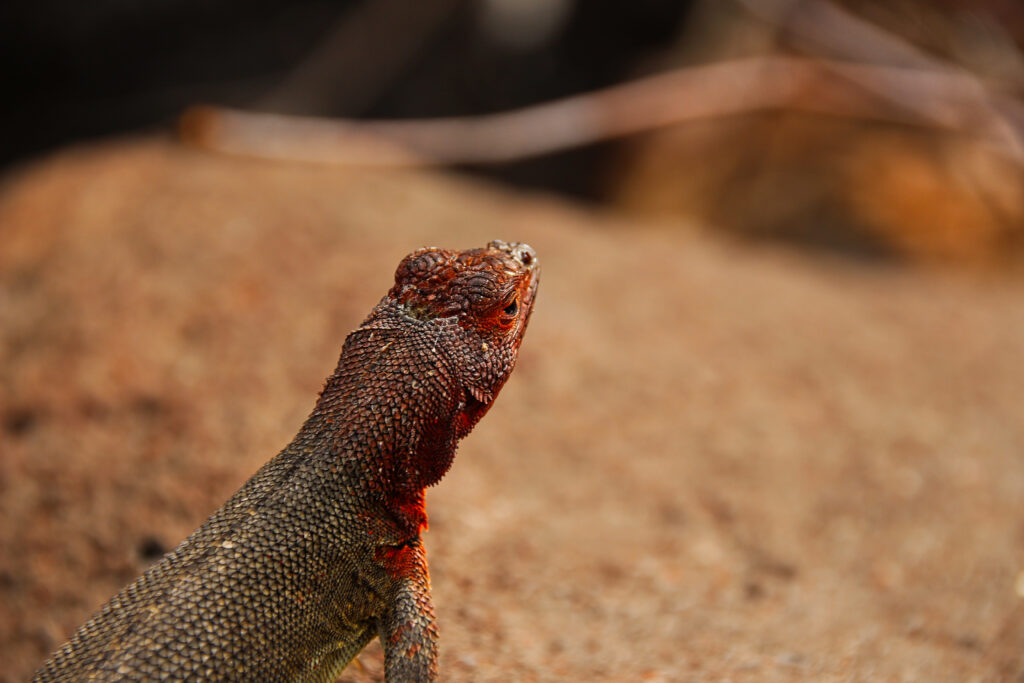
Espanola/Hood-Spottdrossel, Nasca-Bubis und…
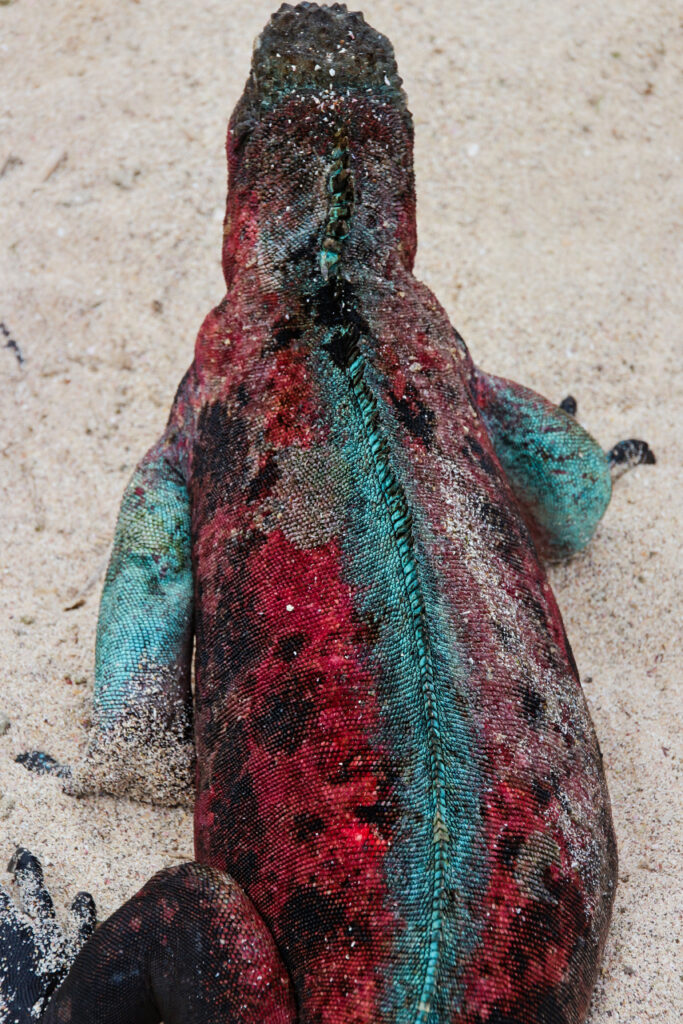
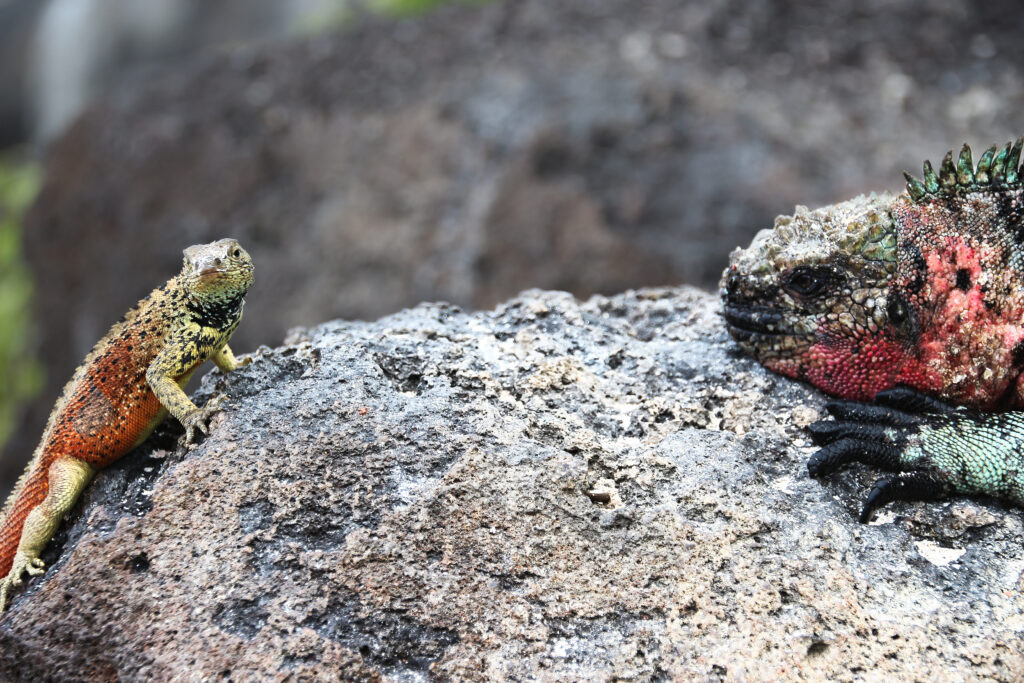
… Albatrosse die nur bis Ende Dezember auf der Insel sind. Bis April geht der Galapagosablatros nicht an Land, sondern ist im Wasser bzw. bis zu 7 Tage! in der Luft in der er auch schläft (Die Albatrosse haben die Nasen in einer so speziellen Form, dass sie merken, wie hoch/schnell sie fliegen und können das automatisch anpassen (die Air France hatte das mit einem Flugzeug kopiert, aber das ist eine andere Geschichte)).
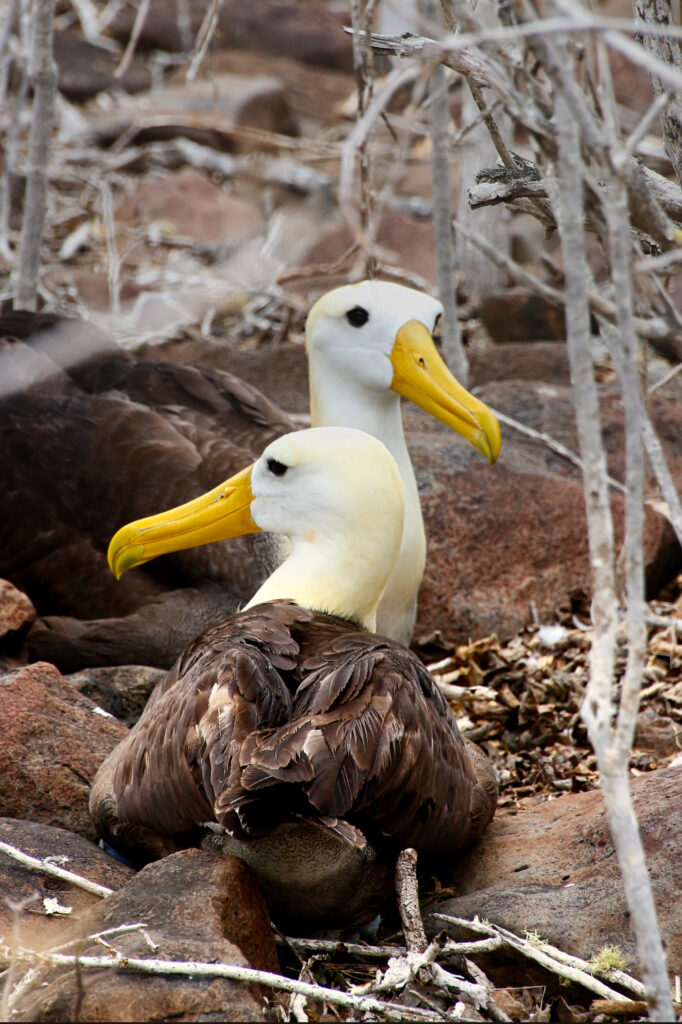
Weiterhin sind sie sehr schlecht im „Landeanflug“ und brauchen unzählige Versuche im mehr oder weniger gut aufzusetzen.
Während wir die Küste entlang gehen bekommen wir noch 3 Galapagos-Bussards aus nächster Nähe zu sehen… Also, alles sehr spektakulär!
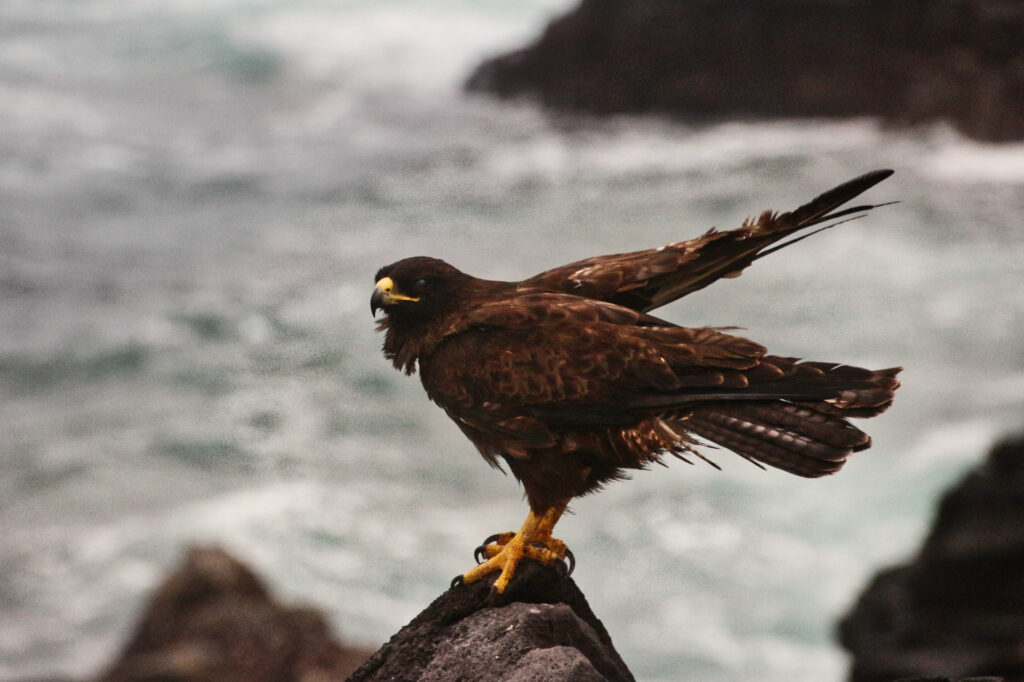
Am Abend wird wieder mit den Nachbars Skip-Bo gespielt und wir gehen dann deutlich als letzes um 23:00 schlafen. Wir fahren ab 24:00 mit der Strömung in Richtung Santa Fe, eigentlich soll es eine schnelle und ruhige Überfahrt geben, eigentlich!
Alle Bilder
Wie die Reiseunterlagen uns darauf vorbereiten
This island is one of the highlights of any visit to Galapagos. Española is the southernmost island in the Galapagos, and is also one of the oldest. Numerous Sea Lions are seen here, plus hundreds of Marine Iguanas basking on the rocks. Española’s Marine Iguanas are unlike other Galapagos Marine Iguanas thanks to their bright colouring. Española is home to thousands of nesting seabirds all year, including Blue-footed Boobies, Nazca Boobies and Frigatebirds. Between late March and December, the Waved Albatross, perhaps the most spectacular of Galapagos birds, returns to Española by the thousands to perform their amazing mating dance and produce the next generation. Almost the entire population breeds on this island during this time, and they spend the rest of the year at sea. Gardner Bay. This beautiful bay is nestled between Gardner islet and the beautiful coral sand beach in Española. You will visit a spectacular white sand beach, home to one of the largest Sea Lion colonies in the islands, where you can also see endemic Española Mockingbirds and with some luck, Galapagos Hawks.
Activities: Snorkelling.
Short hike along the beach (0.6 mi / 1km) Difficulty: Easy Type of Landing: Wet landing
Highlights & Animals:
White sandy beach,
Sea Lion colony,
Mockingbirds
Galapagos Hawks.
Snorkelling:
colourful fish,
Sea Lion nursery.
Punta Suárez.
Regarding the amount of wildlife, this is one of the best trails in the whole islands. Despite the difficult terrain, the walk is an absolute marvel, as from the beginning to the end you will see large quantities of Sea Lions, Marine Iguanas, Bluefooted and Nazca boobies, gulls, Galapagos Hawks and during most of the year,
Waved Albatross.
There are spectacular views of flying birds from the cliffs.


































